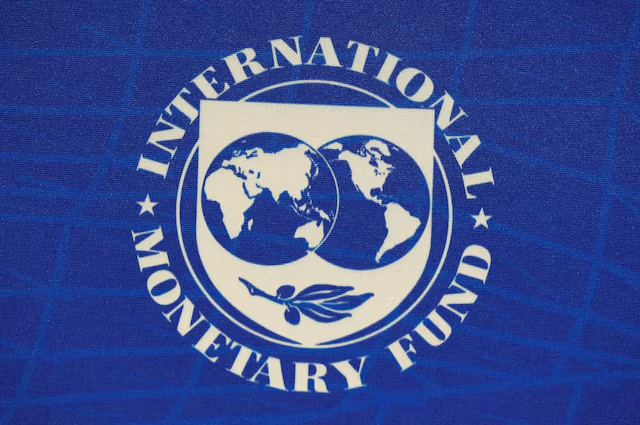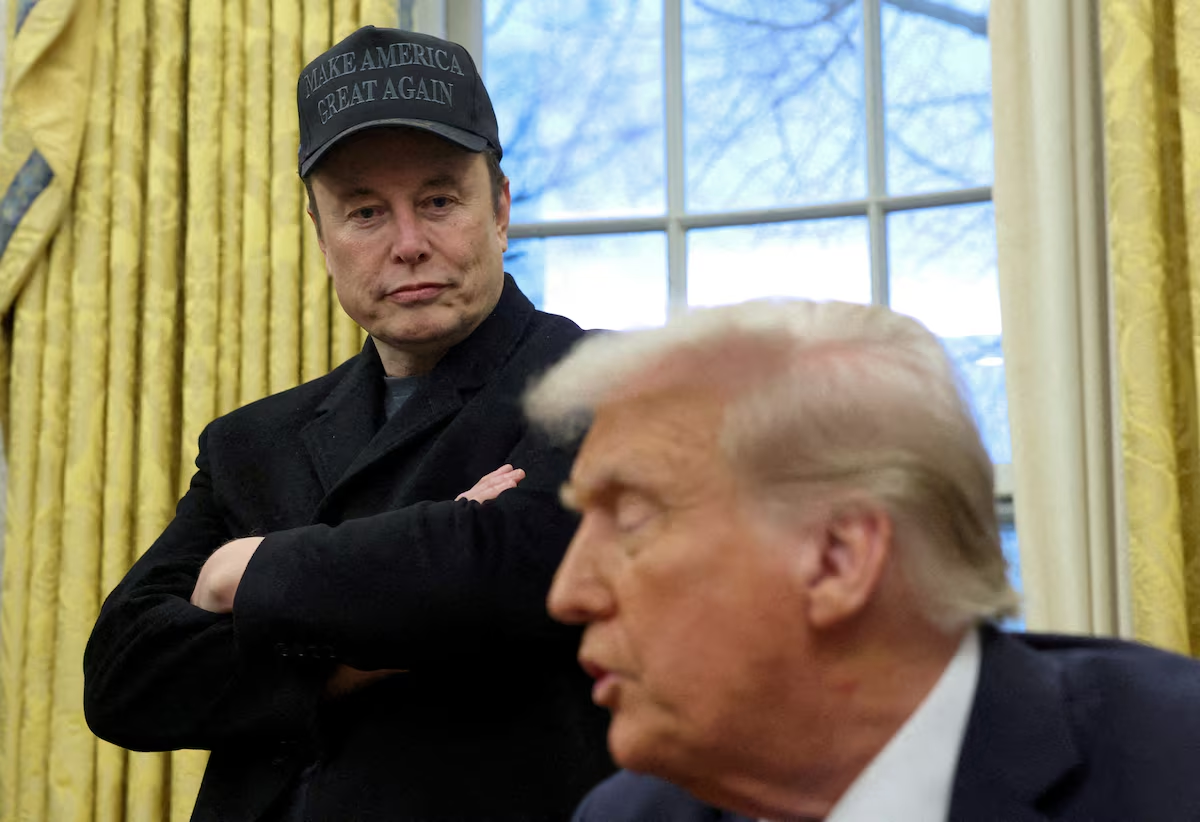When King Charles III extended a formal invitation to Canada’s Governor General Mary Simon to attend an upcoming royal event, experts say the gesture carried a powerful symbolic message—not just to the Canadian state, but to Indigenous peoples across the country.
Governor General Simon, the first Indigenous person to hold the role, was invited by King Charles to a private gathering at Balmoral Castle, an invitation many see as a reflection of the Crown’s evolving relationship with Indigenous communities in Canada. Analysts say it signals an acknowledgment of Canada’s colonial history and a quiet commitment to healing and reconciliation.
“This is not just a diplomatic courtesy—it’s a cultural and political signal,” said Niigaan Sinclair, professor of Indigenous Studies at the University of Manitoba. “The King knows exactly what it means to invite an Inuk woman to Balmoral. It’s recognition, and it’s intentional.”
Simon has long been a vocal advocate for Indigenous rights and reconciliation, and her appointment in 2021 was seen as a landmark moment in Canadian history. The fact that she was welcomed by the monarch at his personal estate—not merely a formal palace—adds weight to the invitation, said experts, noting that Balmoral is considered one of the most private and symbolic royal spaces.
The visit comes amid rising tensions over the monarchy’s role in Canada. A growing number of Canadians—particularly Indigenous peoples—have questioned the relevance of the Crown, which remains the symbolic head of state through the Governor General. Debates around decolonization, land restitution, and the monarchy’s historical complicity in colonial violence have taken center stage in public discourse.
The King’s move appears to be an effort to recalibrate that relationship. His reign, unlike his mother Queen Elizabeth II’s, has been more openly engaged with the topic of reconciliation. Charles has previously expressed support for acknowledging past injustices committed under the British Empire, though critics have called for more direct action and reparations.
Mary Simon’s presence at Balmoral also sends a message domestically—to both Ottawa and Indigenous leadership—that dialogue and recognition at the highest level of the monarchy are possible. The Governor General is not only Canada’s ceremonial representative of the Crown but also a critical voice in the nation’s reconciliation journey.
“This invitation doesn’t change the past, but it opens a door,” said Sylvia McAdam, Cree activist and co-founder of Idle No More. “It’s symbolic, but symbols matter—especially when they come from the top.”
The Royal Household has not publicly commented on the content of the meeting, but Canadian officials described the visit as “warm, respectful, and meaningful.”
Whether the invitation translates into concrete steps remains to be seen. Indigenous leaders have consistently emphasized that symbolic gestures must be accompanied by real policy change, including addressing land rights, water access, and the implementation of the Truth and Reconciliation Commission’s 94 Calls to Action.
Still, as King Charles navigates his role in a rapidly changing Commonwealth, the meeting with Simon is being read as a hopeful signal—a recognition that the future of the monarchy, at least in Canada, depends in part on how it reckons with the past.
Source: Yahoo News



